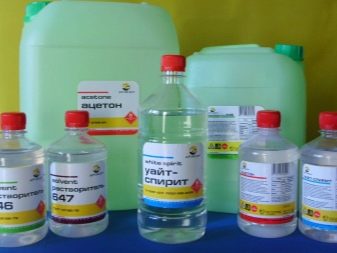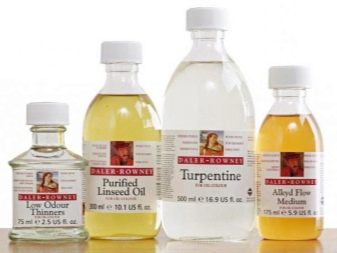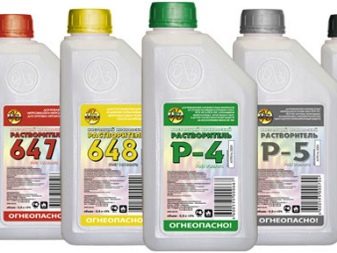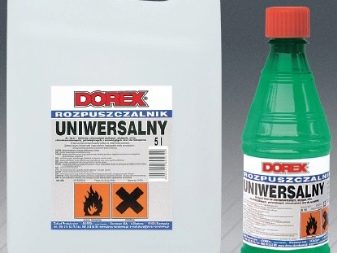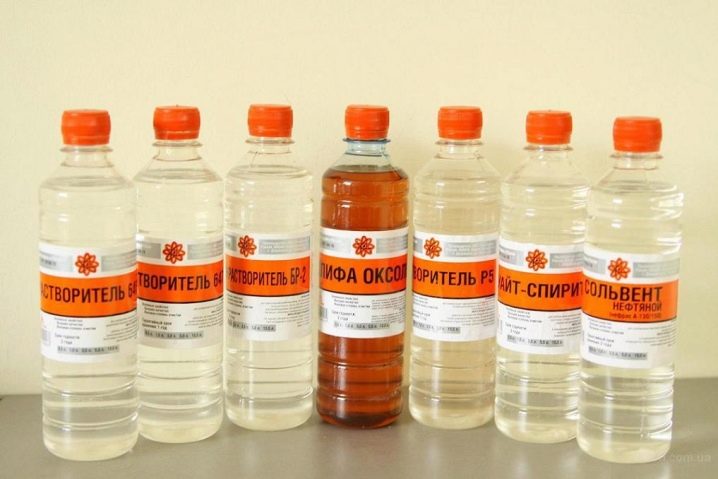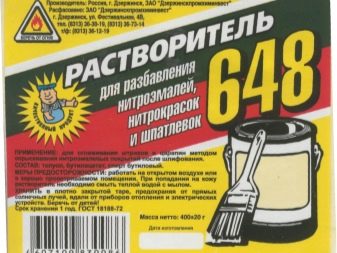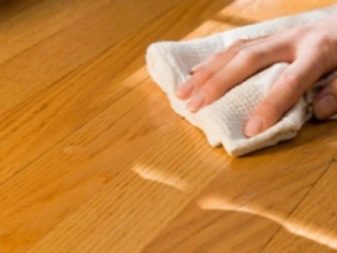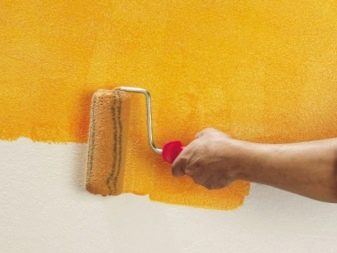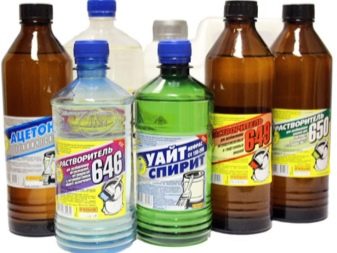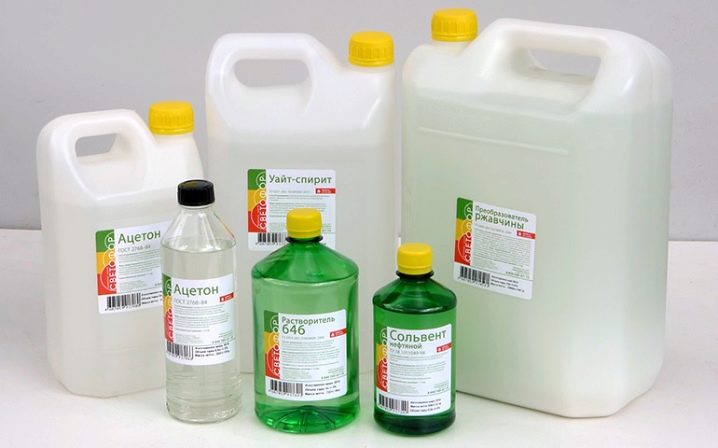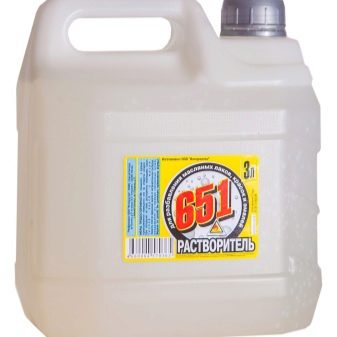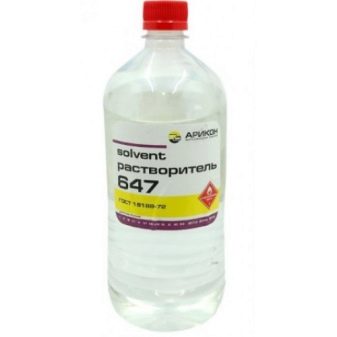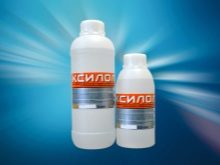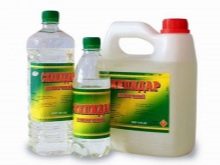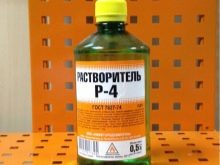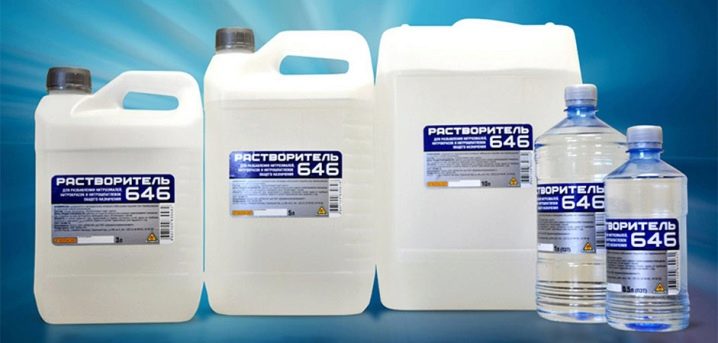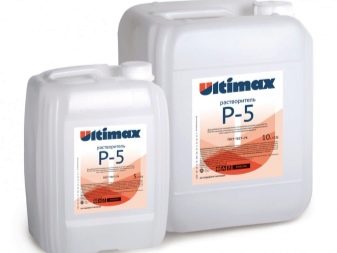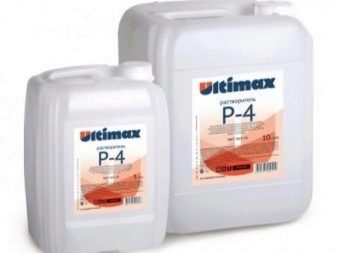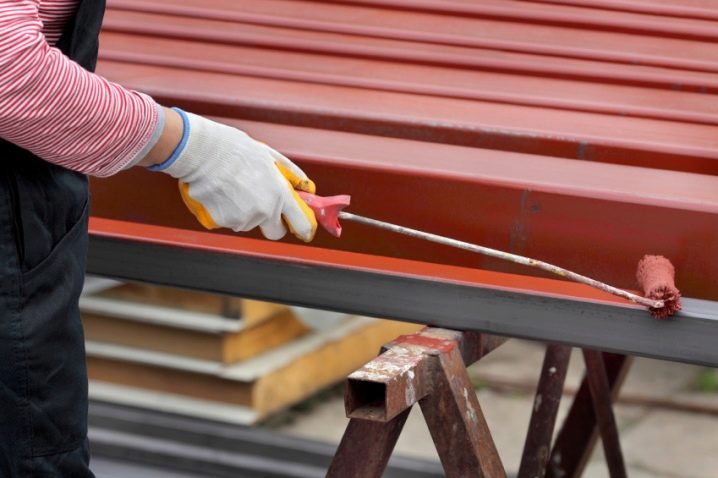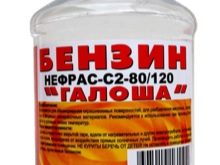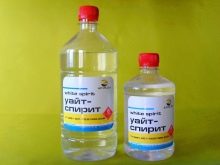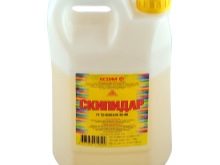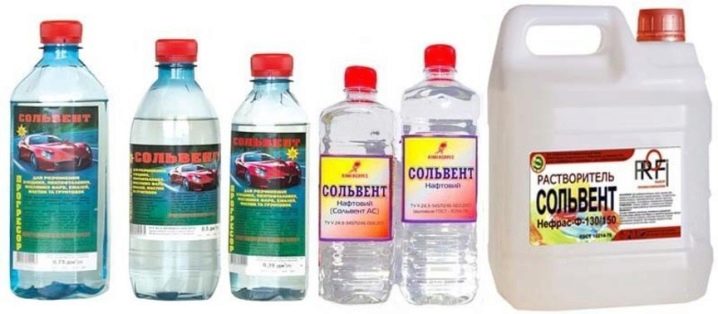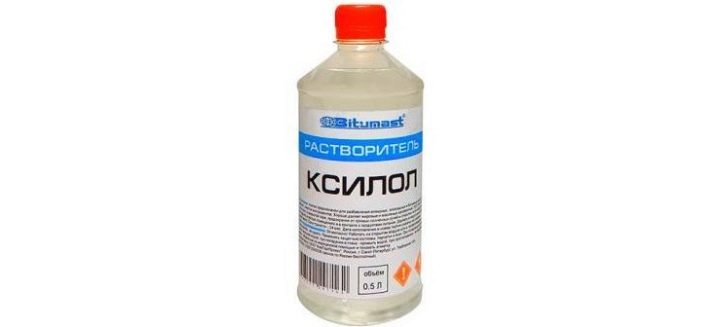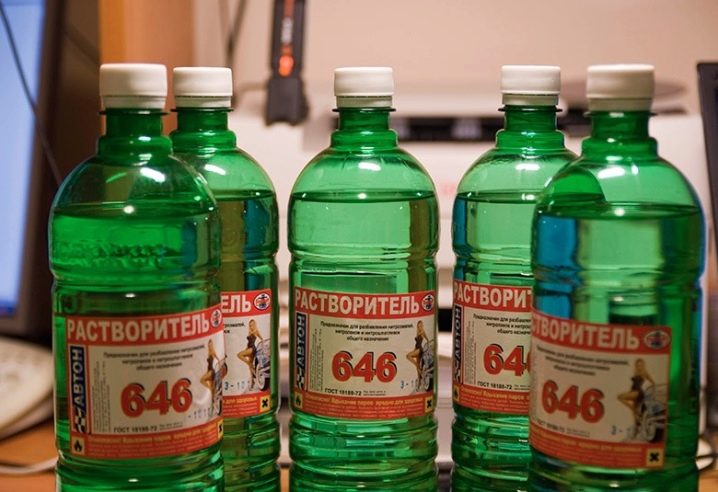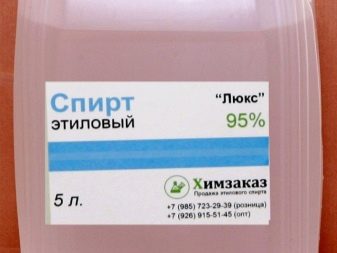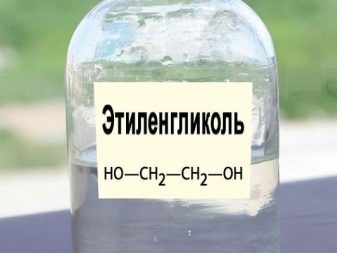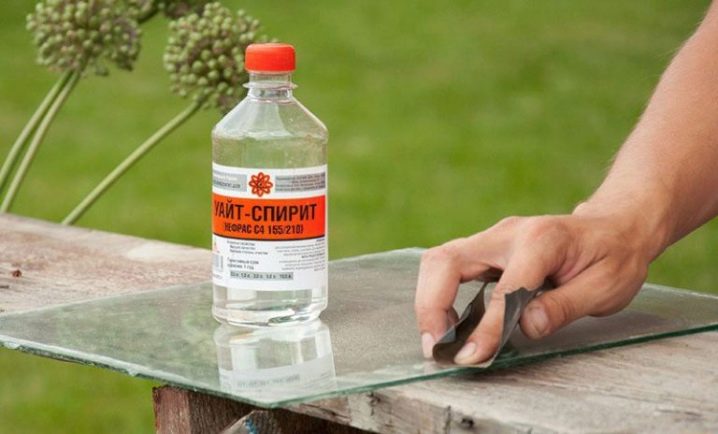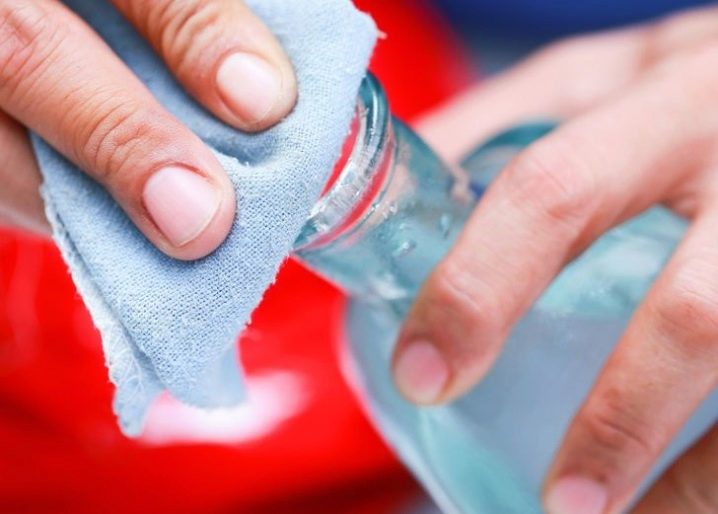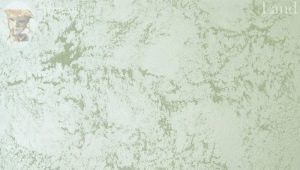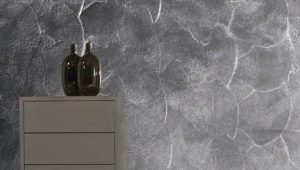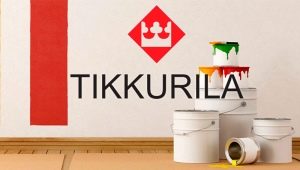How to choose paint thinner?
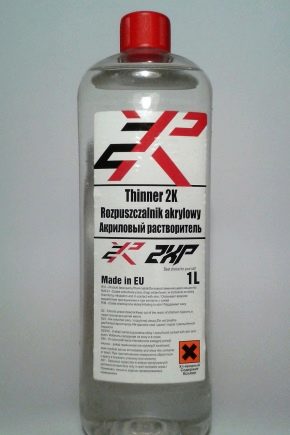
Paint thinner is an organic volatile compound that is used to give the paintwork material a desired consistency.
About these compositions and will be discussed in our article.
Special features
Before purchasing a product, you need to know which solvent is suitable for which paint.
If the material you purchased will not be designed to work with a particular type of paintwork material, as a result of their mixing, there is likely to be an uncontrolled chemical reaction that will ruin your paint.
Solvents are substances that can dissolve enamel coatings. Then they evaporate, thereby weakening the paintwork.Thinners are compounds that allow to dilute the paint and help create a uniform film.
There are universal solvents, the scope of which is almost unlimited. A characteristic feature of a number of solvents for paints and varnishes is a pungent odor that cannot be confused with the "aroma" of other materials. In addition, many of them can be attributed to toxic substances, so when working with them requires the observance of certain security measures.
Types of coatings
Consider the main types of paints.
Water dispersion
- Water-based acrylic paints widely used for interior work. They possess high decorative qualities. Despite the fact that water is used as a diluent, after drying, a strong layer appears on the surface. Fresh paint smudges can be easily removed with a cloth moistened with water. If the dye on the hands had time to dry, then it can be wetted with a warm solution of water and soap.
As a solvent for acrylic paint used gasoline, acetone, white spirit, and kerosene. His choice will directly depend on the surface being cleaned.
- Latex paint used to cover surfaces of various materials. Such a tool forms a strong and dense layer. To obtain the desired viscosity, the paint is diluted with water. Upon completion of the painting work, the tools and drops on the objects are immediately washed with water.
Dried drops can be removed with toluene or methylbenzene. These elements are part of such organic solvents as Р-4, Р 646, 647 and 648. Such means should be used rather carefully, for example, to remove paint drops from the parquet. Here you can choose the most gentle method - soak the stains with water to which kerosene is added.
- Polyvinyl acetate paint Apply on plastered, wooden or plasterboard surfaces. The dye is quite easily cleaned with a conventional sponge soaked in a solution of warm water and soap. Individual drops are simply removed mechanically with a knife or a special spatula.
Already dried polymer film can be wetted with water and heated with a hair dryer. The softened layer will be removed without effort.
Old contaminants are removed by acetic acid, white spirit, acetone, benzene.
- Silicone paint forms a reliable layer, not afraid of water.Fresh stains are removed with a dry and damp cloth. Apply mechanical means to the dried-up drops. Old contaminants are cleaned with hydrocarbon-based solvents or components of ethers and esters. Such chemical fluids should be used with care on plastic surfaces.
Oil alkyd
- Oil paint - the most affordable type among these products. Fresh drops are rubbed with a cloth moistened with an oil paint solvent. White spirit, turpentine, kerosene, refined gasoline (nefras), butanol or ammonia are excellent for these purposes. Since the paint forms a fairly durable coating, the old dirt is removed with difficulty. As solvents for old paints, you can use numbering compositions P 647, 651.
- Alkyd paint able to penetrate deep into the surface structure, due to which a durable, resistant layer is formed. GF enamel drops are easily removed with turpentine or white spirit; PF - xylene, solvent or gasoline, as well as their mixture of 1: 1; KO - P-4, P-6, solvents N 646, 649, 650. For old contaminants you can use special means - washes.When working with them should be careful, since their action may not be limited to the paint itself. The active substance can also dissolve all the original layers of primer or putty.
Nitro enamel
Nitro-paint is used to paint various surfaces, first of all, metal structures. The best solvents of paint NTS are the combined compounds N 645, 646, 647, 649, 650. They are used as thinners of thickened enamel, as well as for degreasing surfaces, removing paint residues from construction tools. Pollution can be cleaned with a cloth moistened with acetone, ethyl acetate, and other similar products of the group of ethers and esters.
Epoxy materials
Epoxy paint has several advantages. However, excellent strength and its resistance to many chemicals has another side - well-dried material is almost impossible to remove. Fresh stains are removed as soon as possible with a dry and clean cloth.
If the stains were not noticed in time, then you should apply a mechanical method. If the drops are large, you can use the number composition of P-5, P-14, P-40, P-83.
For paint work on a metal surface, hammer paint is often used, for which solvents such as xylene (orthoxylene) or solvent are used. The composition of polyurethane varnishes includes a solution of polyurethane oligomer in a mixture of organic solvents.
In order to choose the right solvent for polyurethane varnishes, it should be remembered that it should contain acetates and should not contain nitrox components, alcohols and gasolines. In order to dilute the polyurethane varnish to the desired viscosity, as a rule, use solvents R-4, R-4 A.
Types of solvent products
Now let's talk about the characteristics of basic solvents.
For oil paints and varnishes
- Petrol. It is considered the simplest and most common solvent that can be used for this group of products. Gasoline is used as a solvent for oil paints and alkyd enamels, as well as varnishes and putties. Less commonly, it is used to dilute pentaphthalic enamels.
- Turpentine. It is used as a solvent for oil and alkyd enamels and paints. Used for the preparation of a variety of varnishes based on Copal, rosin, and dammar.
- White Spirit. This solvent is used to dilute most of the known paints, varnishes and other products (for example, it is an excellent thinner for enamel PF-115). It is also used to dilute the primer or varnish, bituminous material, putty, hand washing after using paints and enamels. Also used for degreasing the surface.
For glyptal dyes and bituminous varnishes
- Solvent - a mixture that consists of aromatic carbohydrates, in which there is a certain content of naphthenes, as well as paraffins and other cyclic carbohydrates. Solvent is used as a substance for dissolving oils and bitumens, most types of rubbers and oligomers. It is used as a vehicle for diluting polyetheramides and other paints and varnishes, which may contain a small amount of melaminoalkide substances.
- Xylene. It is used to dissolve insulating paints, varnishes and most enamels, silicone lacquers, as well as epoxy resins. There is one caveat: it is fire and explosive.
Perchlorovinyl Lacquer Solvents
- Acetone.It is used as a solvent for natural resins and oils, diacetate and other substances, such as cellulose and polystyrene, epoxy resin and copolymer, chlorinated rubber and so on. Suitable for use with enamel NC 132, brand HV, etc.
- Acetone is found in other mixed solvents, which are referred to as P-4 and P-4 A, as well as 646-468 and P5 (A). These are numbered abbreviations for solvents that are indexed in this way. They are produced both for dissolving paints and for other household needs (suitable for dissolving metallic paint bases).
- Solvent 646. It is a very effective and useful chemical product. It helps to dilute nitro-enamels, nitrolak and epoxy compounds, other paints and varnishes.
Alcohol formulations
- Ethanol. Very toxic, this solvent for acrylic paints is used in decorating for dilution of pigments, degreasing surfaces, etc.
- Methyl and butyl alcohol. They are similar in composition to ethanol, but are more toxic and are used to dilute nitrocellulose-based paints and varnishes.
- Ethylene glycol. It mixes well with water, evaporates for quite a long time, which allows you to significantly slow down the polymerization of nitrolaks.
Consumption
Each of the solvents used in the work will require a certain standard of correlation with paints and varnishes when painting. Wherein not the solvent consumption per 1 kg of paint, but the percentage ratio or the amount of material per square meter.
For example, 110-160 g / m² is the recommended consumption for white spirit, if you use it for oil paints. And enamel PF 115 will need to be diluted with a solvent, white spirit, turpentine or a mixture of them in a 1: 1 ratio. In order not to get very frustrated when the paint is dissolved, it is best to get acquainted with the peculiarities of this process in the instructions for its use.
Tips
Proper selection of the solvent depending on the composition of the paintwork material will help to avoid rapid clotting, blistering or cracking after applying the paint. When removing the contaminants that form from these materials, the most suitable solvents should be chosen.
In the process of purification, one should rely not so much on the amount of the selected solvent, as on the mechanical effect for removing dried paint from metal or wood.
That is, careful rubbing in just a few drops of a liquid substance can be sufficient to remove even heavy dirt.
Many solutions for removing paint (including powder) in their composition have aggressive chemicals, so when working with them it is necessary to observe extreme caution:
- protect yourself with gloves, respirator, glasses;
- work in well ventilated areas;
- in case of contact with mucous membranes, immediately rinse these areas with clean water and seek medical attention.
Than to dilute the paint, see the following video.
